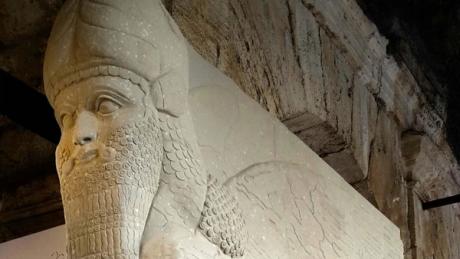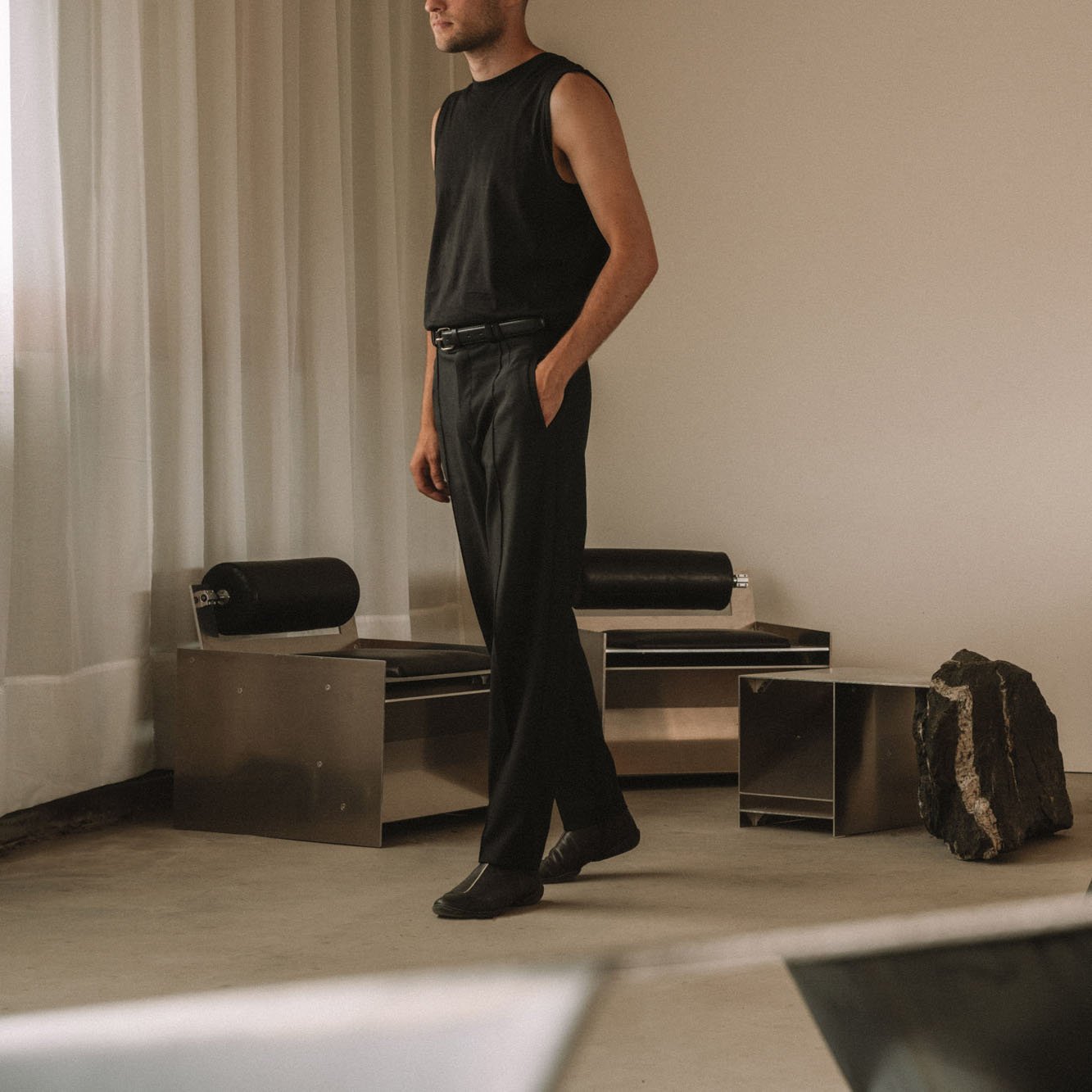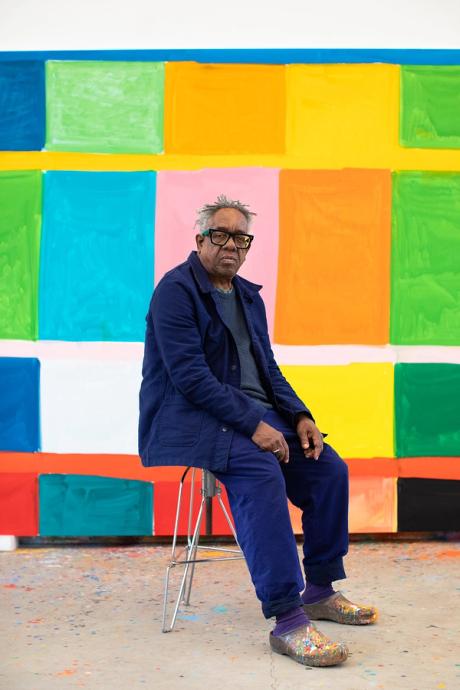Pay and Display
2011 - Film & Video (Film & Video)
Oliver Beer
Pay and Display is a film of a performance, for which there was no audience, staged in the multistory Pershore Street car park in Birmingham, a brutalist building, arguably one of the most inhospitable environments for a musical performance. Dilapidated and empty, the ghostly presence of the car park comes to life. Beer composed the piece to resonate with this architecture, finding the frequencies that would bring the building to life, acting as a sound box and in effect another voice. Thus the inherent harmonies of the architecture are revealed. The building becomes almost a mythical figure constantly harrying the public working itself into a frenzy of demands for money. The quasi-religious nature of the music suggests the primacy of mammon in our society, climaxing on the word Sunday, which is the day of worship in the Christian week. The text of the piece is based on the signs that are scattered insistently around the car park: ‘Have you paid and displayed except on Sunday’. There is thus a consonance between the vocal score, written in six parts, and the environment. His choice of building was in line with the project as a whole, which seeks to animate spaces that are generally forgotten, hidden or unremarked but which play an essential social role. The film is played on two large-scale screens with high quality sound, creating an intense immersive experience. The work of Oliver Beer explores the resonances in buildings and objects, exploiting the occurrence of natural frequencies that turn buildings and objects not only into amplifiers but musical instruments. Having studied musical composition at the Guildhall School of Music, he then trained as a fine artist at Ruskin School of Art. The artist combines expert musical knowledge with fine art practice to create performances, objects and films. Most recently, his piece for four voices was performed at Thaddaeus Ropac Gallery in London. Four singers, each in a different corner of the room, sang a score he composed specifically for the room, having established on what notes the room would resonate. In Beer’s practice, the room becomes a massive sound box, a wind instrument that is an extension of the singers’ own wind instrument, and the voice that resonates in the mind. The building, in effect, sings back to the singers. While there something quite Orphic about this process, the resonance equally has a strong relationship to the Platonic belief in the harmonics of the universe. The resonance project pitches sublime sound with the most banal, or democratic of architecture. Car parks, sewers, concert halls, corridors, vestibules and staircases have been the venues for his work, all of which is site specific.
The work of Oliver Beer explores the resonances in buildings and objects, exploiting the occurrence of natural frequencies that turn buildings and objects not only into amplifiers but musical instruments. Having studied musical composition at the Guildhall School of Music, he then trained as a fine artist at Ruskin School of Art. The artist combines expert musical knowledge with fine art practice to create performances, objects and films. Most recently, his piece for four voices was performed at Thaddaeus Ropac Gallery in London. Four singers, each in a different corner of the room, sang a score he composed specifically for the room, having established on what notes the room would resonate. In Beer’s practice, the room becomes a massive sound box, a wind instrument that is an extension of the singers’ own wind instrument, and the voice that resonates in the mind. The building, in effect, sings back to the singers. While there something quite Orphic about this process, the resonance equally has a strong relationship to the Platonic belief in the harmonics of the universe. The resonance project pitches sublime sound with the most banal, or democratic of architecture. Car parks, sewers, concert halls, corridors, vestibules and staircases have been the venues for his work, all of which is site specific .
Colors:
Related works sharing similar palette
» see more

© » KADIST
Lenka Clayton and Phillip Andrew Lewis
2022Five Hundred Twenty-Four, a single-channel video installation by Lenka Clayton and Phillip Andrew Lewis, features singers from over twenty Cleveland-area choirs counting numbers in an iterative process: one person sings “one”, then two people sing “two”, and so forth, to 524...

© » THEARTNEWSPER
Italy donates replica of Bull of Nimrud destroyed by Isis to Iraq Art market Museums & heritage Exhibitions Books Podcasts Columns Technology Adventures with Van Gogh Search Search Heritage news Italy donates replica of Bull of Nimrud destroyed by Isis to Iraq The 3D-printed reproduction of the Assyrian statue was previously displayed at the Colosseum in Rome and the Unesco headquarters in Paris James Imam 9 February 2024 Share The replica of the Bull of Nimrud at the Colosseum © Museo Archaeologico del Colosseo Italy has donated a reconstructed Assyrian statue to Iraq in what has been described as a “miracle of Italian cultural diplomacy”...

© » IGNANT
In The Studio With Jakub Kubica: Between Minimalist Design And Sci-Fi Archeology - IGNANT Name Jakub Kubica Images Clemens Poloczek Words Marie-Louise Schmidlin With a portfolio that spans minimalist furniture, functional design objects, and futuristic artworks, the practice of Jakub Kubica meets at the intersection of various disciplines...
Related works found in the same semantic group
» see more

© » KADIST
Jessie Stead
2017Jessie Stead’s Punched Interlude works are made out of found police barricade tape that she punches holes in and then runs through a music box, the music is composed by her as audible reflection on barricades and no go zones throughout the city of New York in area of Donald Trump...

© » KADIST
Sung Hwan Kim
2007An early work in Sung Hwang Kim’s career, the video Summer Days in Keijo—written in 1937 is a fictional documentary, the film is based on a non-fiction travelogue, In Korean Wilds and Villages , written by Swedish zoologist Sten Bergman, who lived in Korea from 1935 to 1937...

© » KADIST
Helina Metaferia
2023By Way of Revolution is a series of works by Helina Metaferia that addresses the inherited histories of protest that inform contemporary social movements...


